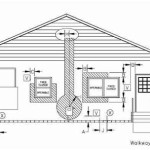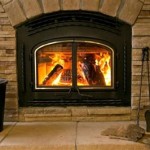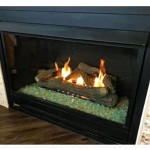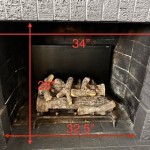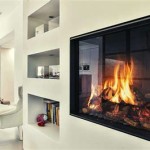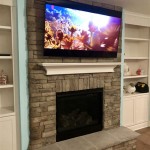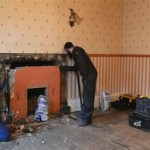Wood Fireplace With Blower: Essential Aspects for Optimal Performance
Wood fireplaces enhance homes with warmth, charm, and the cozy ambiance of a crackling fire. Adding a blower to a wood fireplace can significantly improve its efficiency, performance, and comfort levels. Here are some essential aspects to consider when selecting and installing a wood fireplace with a blower:
1. Blower Type and Capacity
There are two primary types of blowers: centrifugal and tangential. Centrifugal blowers are more powerful and suitable for larger fireplaces with higher heat output. Tangential blowers are less powerful but quieter and ideal for smaller fireplaces. The blower capacity should be sufficient to circulate the heated air effectively throughout the space.
2. Safety Features
Safety should be a top priority when installing a wood fireplace with a blower. Ensure the blower is ETL or UL listed for safety and compatibility with your fireplace model. Look for features such as automatic shut-off in case of overheating or power failure.
3. Installation Considerations
The installation process varies depending on the type of fireplace and blower. It is crucial to follow the manufacturer's instructions carefully. Typically, the blower is mounted inside the fireplace firebox or in a dedicated enclosure below the fireplace. Ensure the electrical wiring is properly connected and meets all safety codes.
4. Noise and Vibration
The noise level of the blower is an important consideration. Choose a blower with a low noise rating to minimize disturbance. Some blowers incorporate vibration isolation features to reduce noise and vibrations further.
5. Efficiency and Heat Distribution
A well-designed blower can significantly improve the overall efficiency of the wood fireplace. By circulating the heated air throughout the room, the blower helps distribute the warmth evenly, reducing wasted heat and improving comfort levels. Look for blowers with adjustable fan speeds to control the heat distribution.
6. Maintenance and Cleaning
Regular maintenance is essential to ensure the optimal performance and longevity of the wood fireplace and blower. Clean the blower regularly to remove dust and debris that can obstruct airflow. Inspect the electrical components and wiring periodically for any damage or loose connections. Proper maintenance will extend the lifespan of the system and prevent potential problems.
7. Additional Features
Some wood fireplaces with blowers come with additional features, such as remote controls for convenient operation, programmable timers for automated heat distribution, and variable fan speeds for customized comfort levels. Consider your specific needs and preferences when selecting a fireplace with a blower.
Conclusion
A wood fireplace with a blower offers the ultimate blend of warmth, ambiance, and efficiency for your home. When choosing a wood fireplace with a blower, consider the factors discussed above, such as blower type, safety features, installation requirements, noise level, efficiency, maintenance, and additional features. By carefully selecting and installing a suitable wood fireplace with a blower, you can enjoy the benefits of a cozy and efficient heating system for years to come.

Why Should I Get A Fireplace Blower For My Masonry

Fireplace Efficiency Blowers And Why You Should Have One

Wood Fireplaces Maple Mtn Fireplace
.aspx?strip=all)
Fireplaces That Work Without Power Be Storm Ready With Regency

Should I Use A Fireplace Insert Or Wood Stove To Heat Up My Home

Fireplace Insert Guide Fireplaces Direct Learning Center

Wood Burning Fireplaces Inserts Full Service Chimney

Best Wood Burning Fireplace Insert With Blower Forestry Reviews

Fireplaces Inserts Wood Gas Fireplace Xtrordinair

Ventis Hei240 Wood Burning Insert
Related Posts

